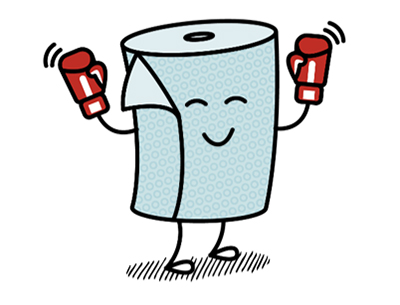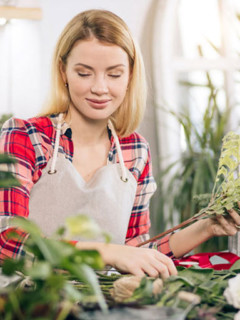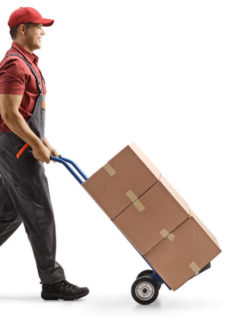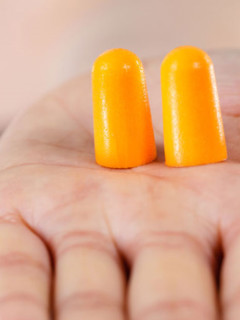Bubble wrap is a packaging material that is particularly popular with professionals. Its many air bubbles provide optimum protection for even the most fragile products. It thus provides the best buffer against shocks. What can you protect with this material? What is the best way to pack with bubble wrap? And what types of (durable) bubble wrap can be found on the market? RAJA’s specialists gathered answers to all your questions here.
1. What is bubble wrap used for?
Bubble wrap is very popular for wrapping products. As such, it is one of the most efficient ways to protect them during transport. And when you know that your parcel will often be shaken vigorously several times during that transport, it is no luxury. When you wrap a fragile product in bubble wrap, they are much less sensitive to shocks or vibrations. Webshops use it, for example, when wrapping fragile items such as glassware, porcelain, perfume bottles, delicate items made of wood, books, etc.
Bubble wrap is also an essential material when moving house. It therefore has the advantage of being able to adapt easily to any shape. Thanks to its high flexibility, you can fold it in all directions. In this context, it is used to wrap furniture, crockery, lamps, etc., among other things.
2. How should I apply bubble wrap?
Should you point the bubbles of the film inwards or outwards to protect your products? Contrary to what you might think, there is effectively a rule for this. The plain side of the bubble wrap should always be on the outside. The bubbles should then come into contact with your product.
This way, the small air bubbles in the foil do their job best and give your products maximum protection. This way, there is the least chance of damage or breakage.
3. What types of bubble wrap are there?
Are you one of those people who immediately think of rolls of plastic when you think of bubble wrap? Not surprisingly so, because the history of bubble wrap once started with this. You can read more about that history later in this article. Meanwhile, many different variants of it have been developed, each with their own special applications. Below, we listed the most popular types in packaging land.
| Standard bubble wrap . 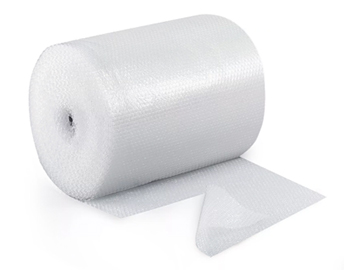 |
. This transparent standard bubble wrap is the most common variant. It comes in rolls, with or without pre-cut sheets, or in the form of bags. You can use it to wrap your fragile products or as padding. |
| Anti-static bubble wrap . 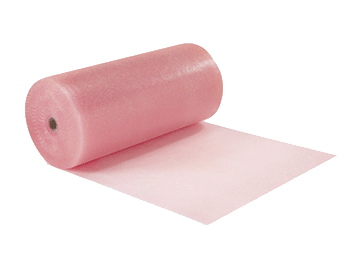 |
. Anti-static bubble wrap is used to protect electronic products. This foil has undergone antistatic treatment for this purpose. This means that it is designed to prevent the build-up of static electricity while providing optimal protection against shocks. It is ideal for packaging computers, cameras and electronic components. |
Foam bubble wrap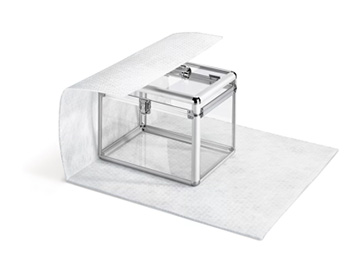 |
. Composed of a bubble foil side and a foam side, this ‘foamfoil‘ offers an optimal buffer. The addition of foam provides extra protection for products with a scratch-sensitive surface. It is ideal for wrapping fragile items, as well as furniture, doors or windows that need extra protection, especially around corners. |
Isothermal bubble wrap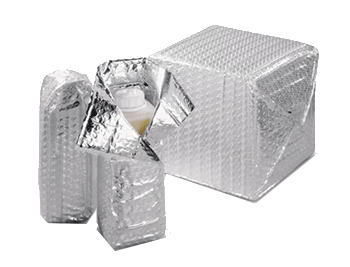 |
. The metallised side of this isothermal film keeps your products at the right temperature for longer, while the bubble side protects them from shocks. Thanks to its insulating function, this model is ideal for transporting products that are sensitive to thermal shocks, such as pre-packed chocolate. |
4. What paper alternatives are there to bubble wrap?
Over the years, numerous alternatives to traditional plastic film have been developed. First of all, there was the development of variants made of recycled plastic. An ideal way to give discarded plastic a new life. Secondly, alternatives have been developed from a renewable raw material: paper. A real innovation so you can create mono-packaging together with your cardboard box. Let’s take a closer look at those paper alternatives below.
| Paper bubble wrap . 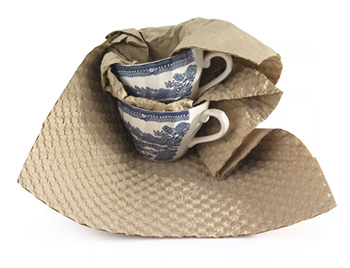 |
. This bubble wrap is made of kraft paper. It is highly impact-resistant due to its embossed structure and the air between the 2 paper layers. This mimics the same effect as traditional bubble wrap. Paper bubble wrap is flexible, opaque, antistatic and easily recyclable. Watch RAJA’s demo video later in this article. |
| Shock-resistant wrapping paper . 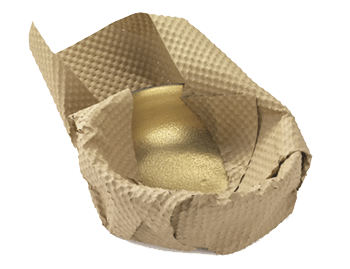 |
. The corrugated relief gives this packing paper a strong and dimensionally stable structure that allows you to absorb large shocks just fine. The packing paper is an excellent tool for those who want to wrap fragile products in an environmentally-conscious way. You can also use the paper to fill empty spaces in a box. |
| Silk paper . 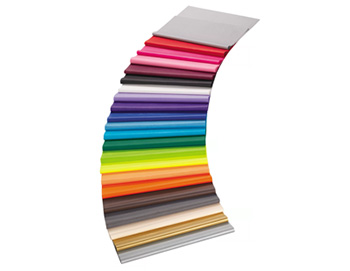 |
. Silk paper or tissue paper is an environmentally-friendly material mainly used for wrapping products with a scratch-sensitive surface. However, it is recommended not to pack fragile goods extensively with silk paper. It provides good protection against scratches, but not enough against major impacts. |
In this video, RAJA shows you what all you can use paper bubble wrap for:
Protecting your parcels is essential to provide the best possible customer experience, so don’t miss this crucial step when packing! Want to know more about bubble wrap? Read all about using protective packaging on the RAJA Blog here.
- Bubble wrap lowers your stress levels: research has shown that one minute of bubble popping is as relaxing as a 30-minute massage. One theory behind this is that it has to do with our ancestral habit of squashing ticks or other insects that plagued us, with that typical plopping sound. It could also be related to the fact that people are soothed by touch. Rubbing the bubbles and snapping them simulates touch sensations.
- Bubble wrap was originally a type of wallpaper: in 1957, engineer Al Fielding and Swiss inventor Marc Chavannes wanted to market a wallpaper with a raised texture. As an experiment, they glued two shower curtains together. After the edges were sealed, air bubbles remained in the middle. As wallpaper, this idea never achieved much success but the packaging industry quickly knew how to use it.
- In January, you can celebrate Bubble Wrap Appreciation Day : the last Monday of January is the day when we celebrate bubble wrap. Thanks to this versatile protective material, masses of products reach their destinations safely every day, without breaking or bursting.
Source: 15 facts about packaging
